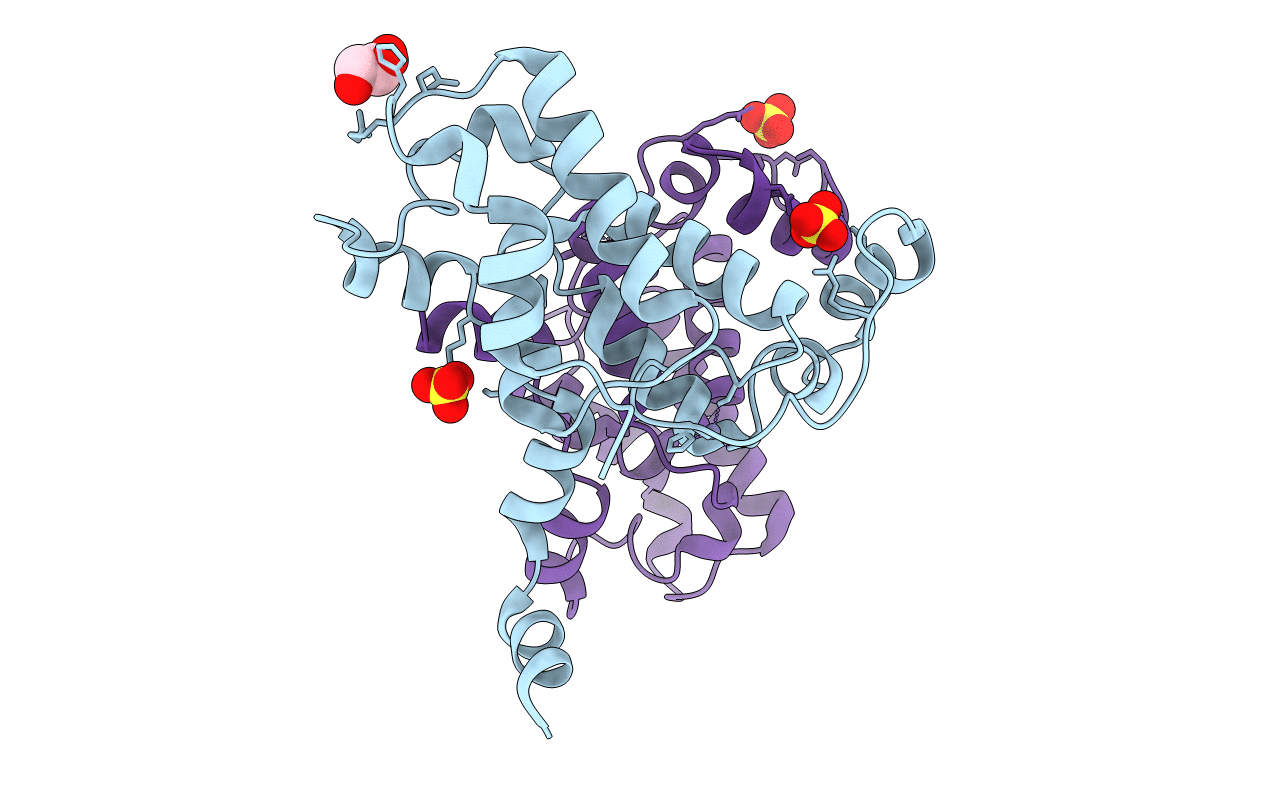
Deposition Date
2015-06-16
Release Date
2016-05-04
Last Version Date
2024-03-06
Entry Detail
PDB ID:
5C2Y
Keywords:
Title:
Crystal structure of the Saccharomyces cerevisiae Rtr1 (regulator of transcription)
Biological Source:
Source Organism:
Saccharomyces cerevisiae (Taxon ID: 4932)
Host Organism:
Method Details:
Experimental Method:
Resolution:
2.60 Å
R-Value Free:
0.26
R-Value Work:
0.20
R-Value Observed:
0.21
Space Group:
P 43 21 2


